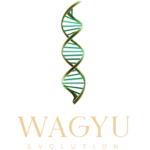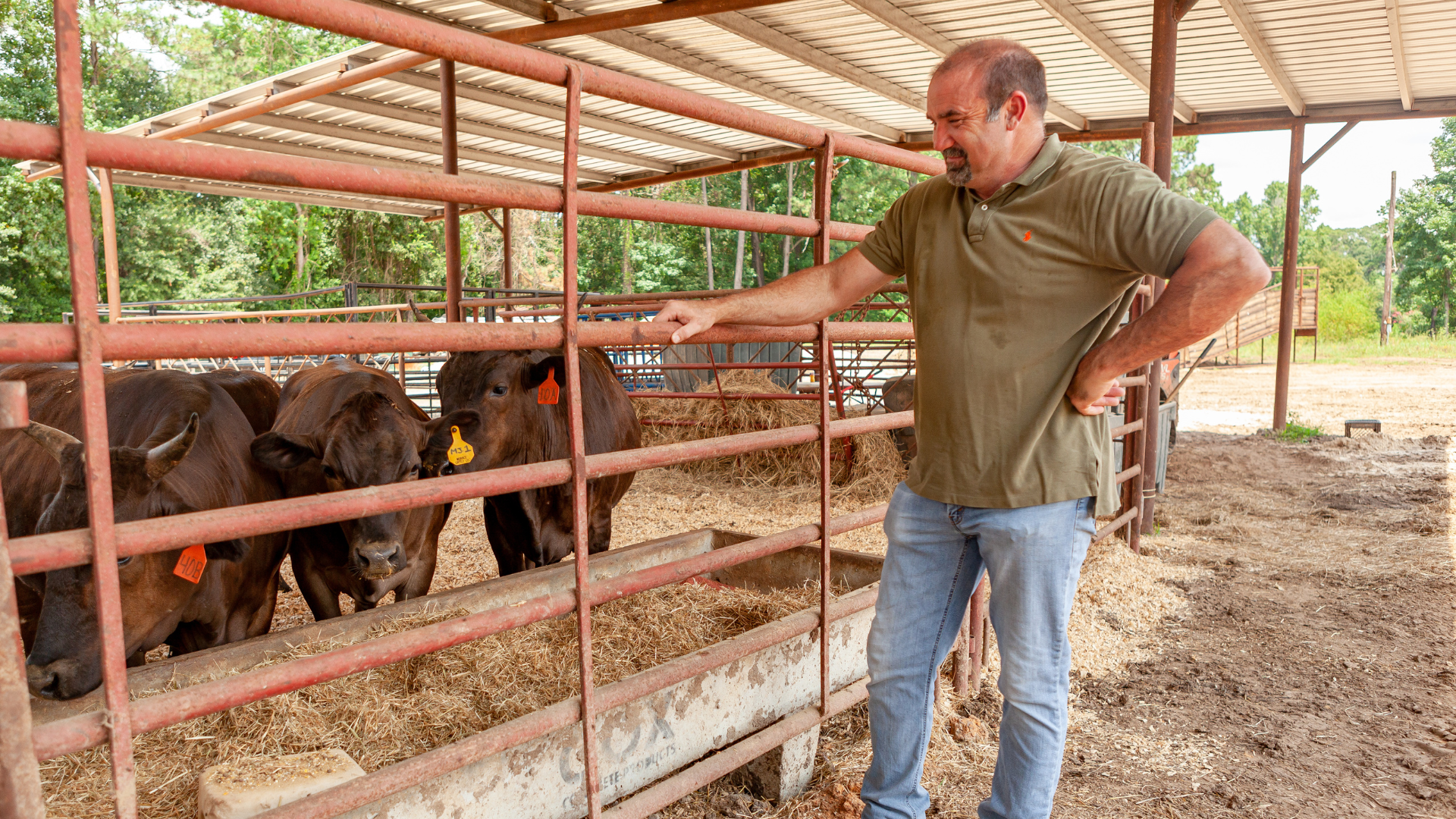
Daily Care and Monitoring of Wagyu Cattle
Table of Contents
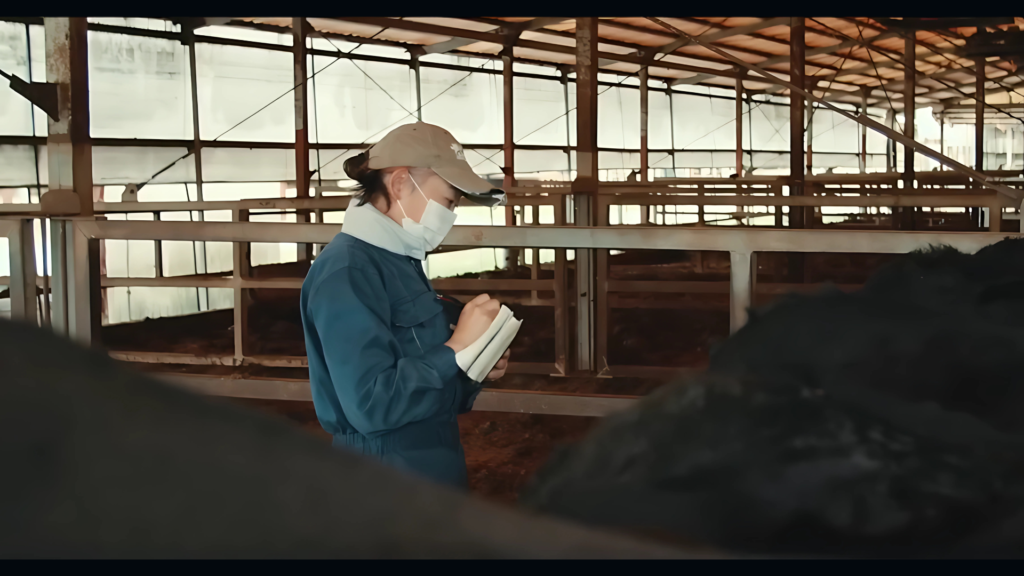
Observation and Record-Keeping
To ensure the well-being of Wagyu cattle, it is essential to monitor their health daily. Key signs of health deterioration include changes in posture, coat condition, nasal discharge, eye discharge, diarrhea, reduced appetite, lethargy, irregular or rapid breathing, persistent coughing, trembling, lameness, or abnormal behaviors. Observations should be recorded meticulously, covering health status, disease incidents, accidents, breeding records, feed intake, water availability, and environmental conditions such as temperature and humidity.
Recommended Practices
- Conduct health observations at least once daily, increasing frequency during periods of stress such as calving, weaning, post-surgical recovery, or extreme weather.
- Monitor for signs of discomfort, such as changes in eating habits, rumination, or rest patterns.
- Record incidents of disease, injuries, and any changes in management practices to identify trends and improve care.
- Take swift action in cases of illness or injury, including veterinary consultation when necessary.
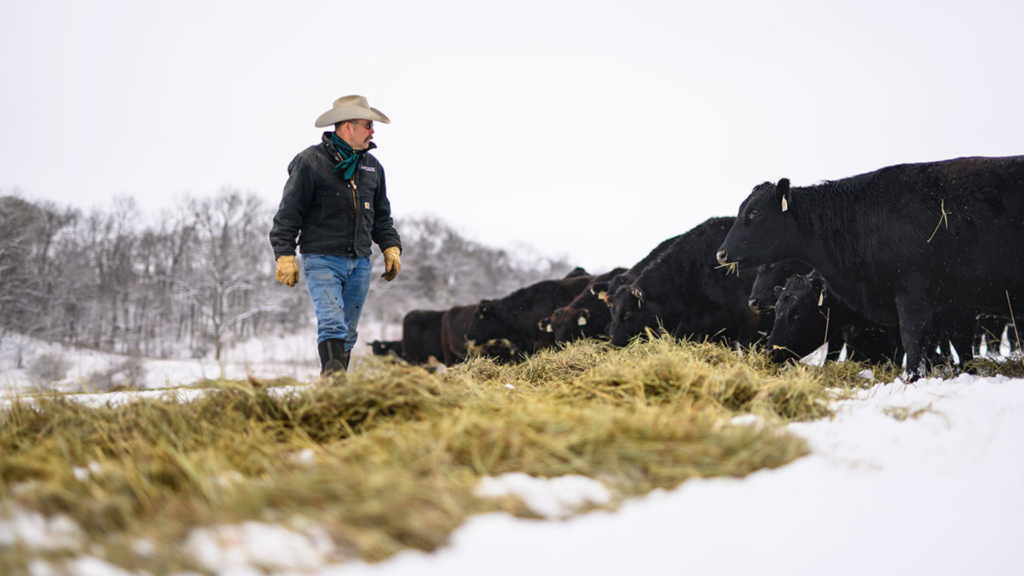
Environmental Management
Wagyu cattle thrive best within specific temperature ranges that vary with their age and condition. For optimal growth, young cattle are most comfortable in temperatures between 4°C and 20°C, while castrated fattening cattle prefer slightly warmer conditions, ideally between 10°C and 15°C. It is crucial to avoid extreme temperatures and sudden changes, as these can lead to heat or cold stress, resulting in decreased feed intake and overall performance.
To help manage hot weather conditions, several measures can be implemented. Providing shade is essential to shield cattle from direct sunlight, and ensuring constant access to clean drinking water is vital for hydration. Additionally, utilizing large fans, misting systems, or sprinklers can help lower their body temperature. Adjusting feeding schedules to cooler parts of the day can also be beneficial, along with reducing stocking density to improve ventilation and comfort within the herd.
In contrast, during colder conditions, particularly for newborn calves, it’s important to provide insulated jackets or heat lamps to keep them warm. Preventing drafts and ensuring dry bedding will also help minimize the impact of the cold. In severe weather, switching to indoor housing can offer additional protection from the elements.
Effective ventilation is critical to maintaining good air quality and minimizing respiratory disease risks among the cattle. A good ventilation system should continuously supply fresh air throughout the barn while controlling humidity levels and removing harmful gases like ammonia and hydrogen sulfide. It also facilitates heat dissipation during warmer periods. It’s important to monitor ammonia concentrations, ensuring they do not exceed 25 ppm, as higher levels can adversely affect the respiratory health of both the cattle and their caretakers. Regular waste removal and careful barn design play essential roles in supporting effective ventilation.
Adequate lighting is vital for supporting the natural behaviors of cattle, allowing caregivers to monitor their well-being effectively. Lighting systems should be installed to promote normal feeding and drinking behaviors. In barns lacking sufficient natural light, auxiliary lighting should align with the natural day-night cycles, avoiding overly bright or uncomfortable conditions. Soft illumination during nighttime is also important for indoor cattle to ensure a calm environment.
Finally, managing noise levels is crucial, as excessive noise can lead to stress in Wagyu cattle, which may result in decreased feed intake and an increased risk of accidents. It’s advisable to minimize noise from barn equipment, such as ventilation fans and feeders, and to avoid sudden loud sounds, especially those caused by human activities, to prevent stress and fear responses among the animals.
Maintaining cleanliness in feeding and watering systems is incredibly important for the health and growth of Wagyu cattle. Dirty or contaminated feed and water can lead to various health issues, including digestive disorders and infections, making cleanliness a top priority in their care.
Recommended Practices
- Clean feed troughs and water containers daily to prevent the buildup of mold, bacteria, or leftover feed.
- Ensure that water sources are free from contaminants such as algae, debris, or feces.
- Regularly inspect automatic watering systems to confirm proper functioning and cleanliness.
- Provide fresh feed and avoid prolonged storage of moist or spoiled feed, which can harbor pathogens.
- Monitor feed and water intake to detect early signs of health or environmental issues.
By integrating these practices into daily routines, Wagyu cattle can thrive in a healthy and stress-free environment, leading to improved productivity and welfare.
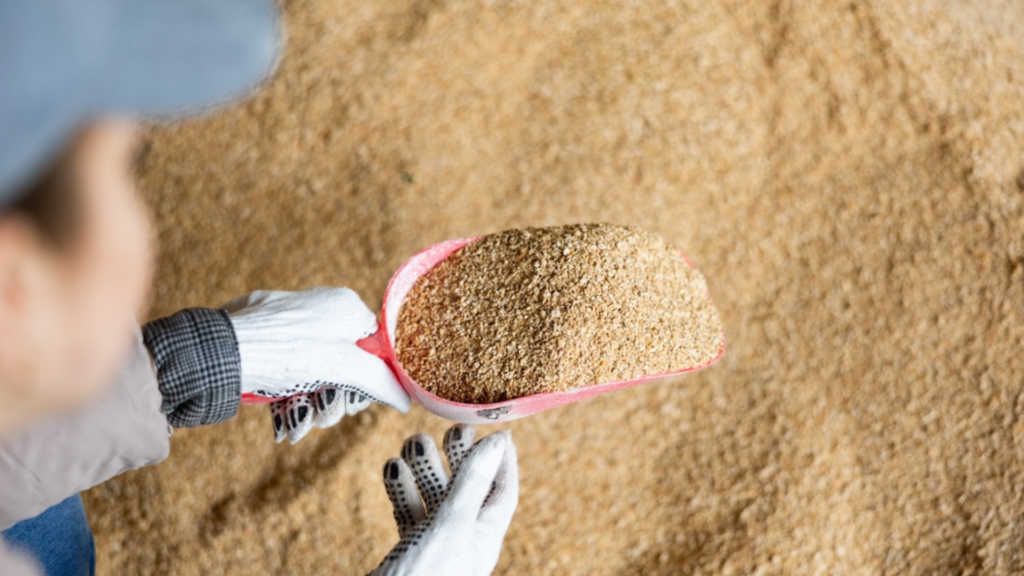
Nutritional Support
Wagyu cattle require a carefully balanced diet to ensure their health and promote optimal growth and meat quality. It is essential to provide them with clean, high-quality feed and fresh water daily. Additionally, monitoring their feed intake is crucial, as it helps detect early signs of any health issues that may arise. As the cattle progress through different growth stages such as weaned calves, fattening cattle, and breeding females it is important to adjust feeding strategies accordingly to meet their specific nutritional needs.
Welfare Monitoring and Emergency Response
Daily welfare assessments of cattle involve a careful observation of their behavior to identify any signs of distress or discomfort. It is essential to ensure that the cattle have access to adequate feeding and watering. Additionally, inspecting the housing conditions is crucial, which includes checking the cleanliness of the bedding and the effectiveness of ventilation.
In terms of emergency preparedness, it is important to develop comprehensive plans to address various situations such as extreme weather, disease outbreaks, or accidents. These plans should account for providing additional water and cooling during heatwaves, as well as ensuring that there is adequate shelter and feed available during cold spells. Should any cattle become sick or injured, prompt treatment or isolation is necessary. For health concerns that go beyond the caretaker’s expertise, consultation with a veterinarian is vital.
References
- https://www.maff.go.jp/j/chikusan/sinko/attach/pdf/animal_welfare_iken-79.pdf
